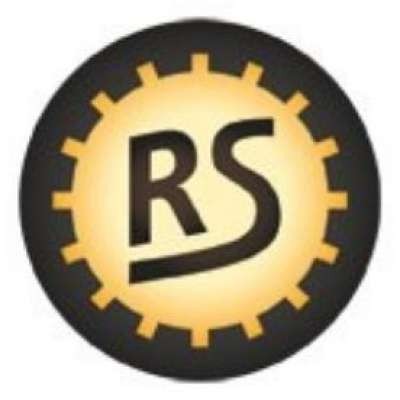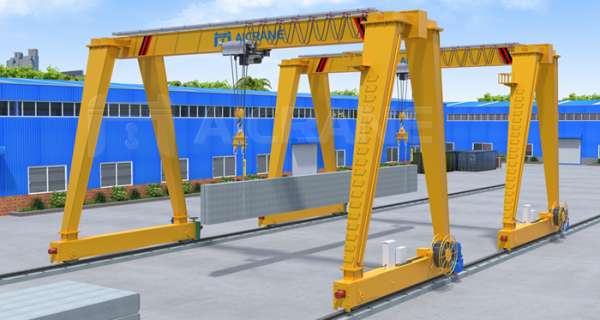Werkstatt Teilewaschgerät / Teilewaschmaschine 300 l

Werkstatt Teilewaschgerät / Teilewaschmaschine 300 l
Industrie Teilewaschgeräte sind ein wichtiger Bestandteil für Werkstätten und der Industrie. Sie werden darüber hinaus auch in diversen Fertigungsstätten angewendet. Die Waschautomaten finden Anwendung bei der Reinigung und Entfettung von diversen Teilen mit verschiedenen Formen und Größen. Ein hochwertiges und zuverlässiges Gerät entspricht dabei den hohen Ansprüchen der Arbeitsumgebung. Diese Teilewaschmaschine bietet ein großes Tankvolumen von 300 Litern und sie ist mit einem rotierenden Waschkorb versehen.
Erstklassige Reinig
Dieses Industrie Teilewäschgerät ist mit einem robusten Waschkorb versehen, der sich leicht beladen lässt und ein Gewicht von bis zu 300 kg tragen kann. Die zu reinigenden Teile können in den Korb eingelegt oder eingehängt werden. Der große Innenraum bietet ausreichend Platz für sperrige Teile. Die Waschtemperatur lässt sich auf 60 °C regulieren - selbst hartnäckiger Schmutz wird so leicht entfernt. Die maximale Waschzeit liegt bei 99 Minuten pro Durchgang.
































0 Commentaires